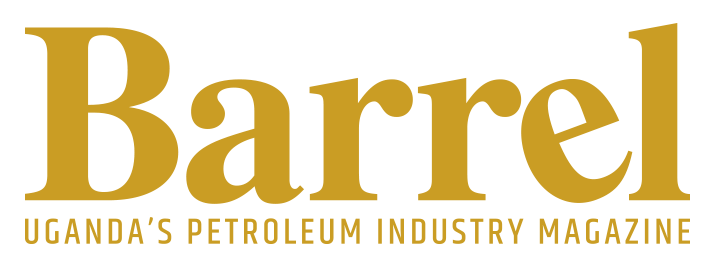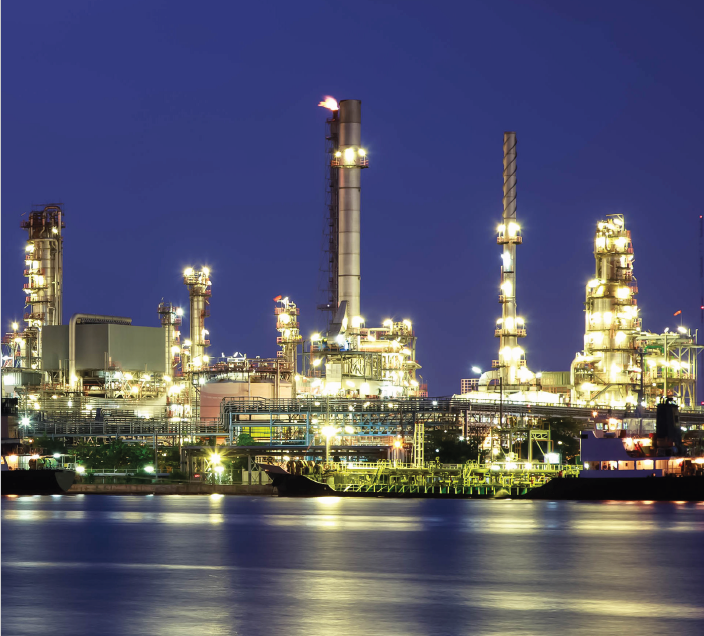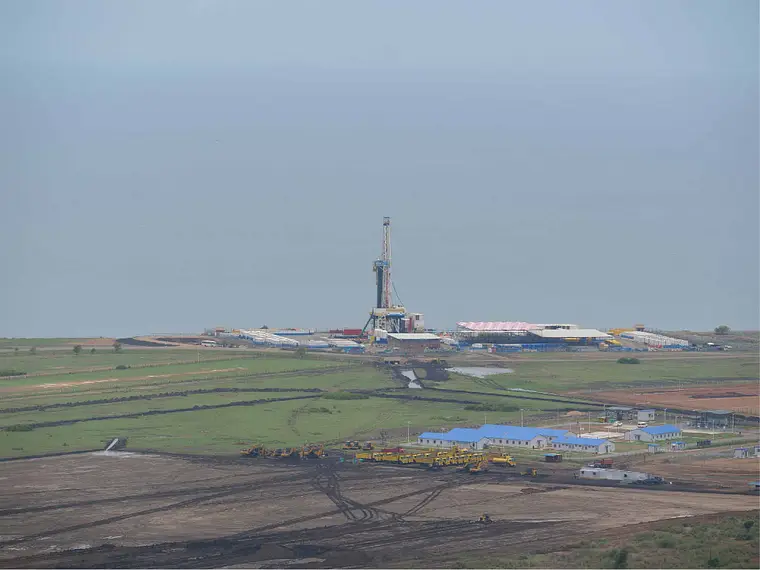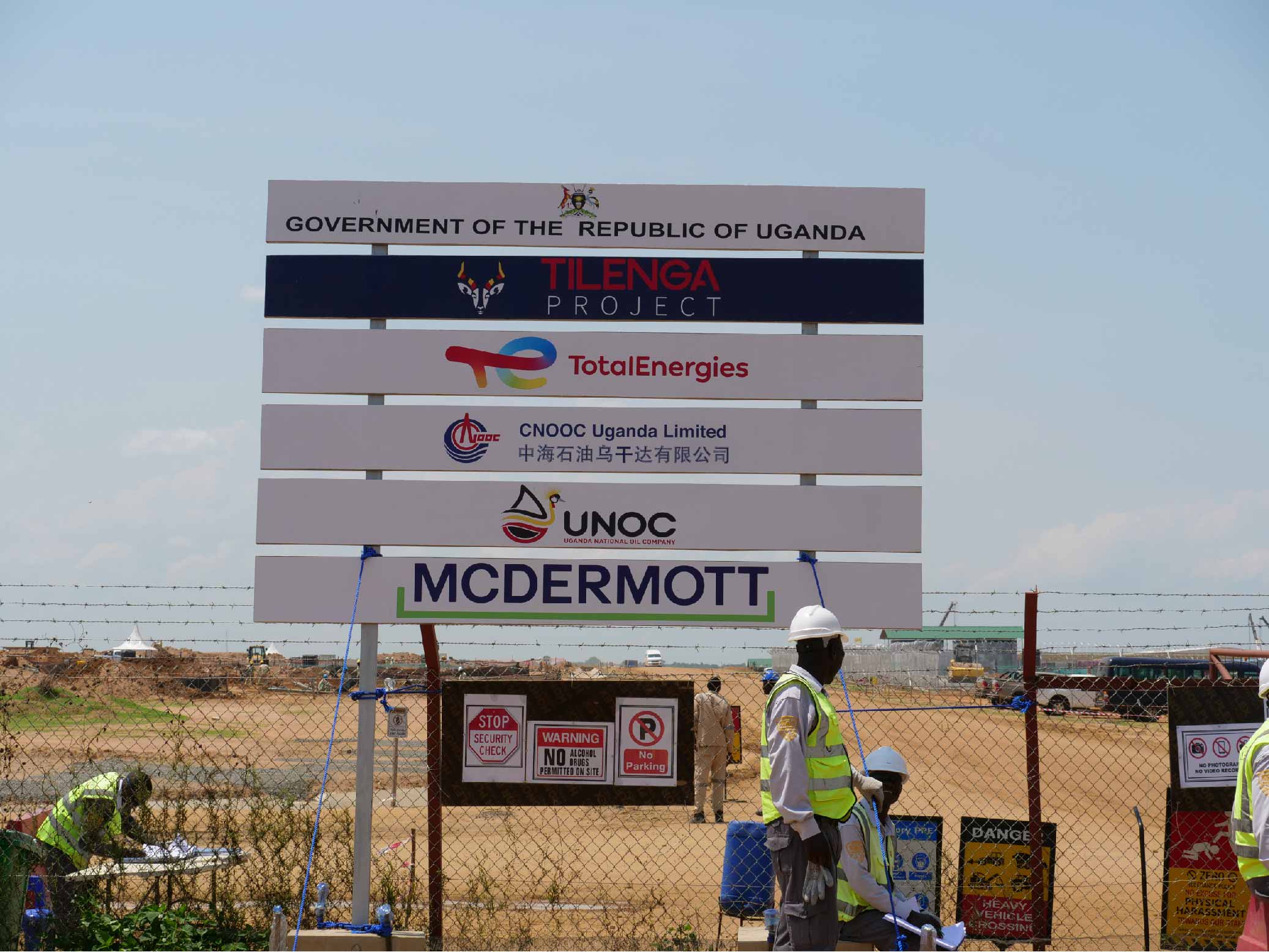The East African Crude Oil Pipeline (EACOP)
Introduction
In the effort to commercialise its oil reserves, Uganda has had to overcome numerous challenges. One such challenge was how its crude oil, produced in the Albertine region, would be transported to the global markets. Uganda is nested in the heart of Africa, without direct access to the ocean. The solution was clear, to build a pipeline from the oilfields in the Albertine region to a port of one of the neighbouring countries.
This was the genesis of the East African Crude Oil Pipeline (EACOP) project. Several potential routes were considered. Criteria included landslides and erosion risks, number and type of river crossings and the potential impacts on the environment and human beings. In April 2016, Uganda announced the Kabaale– Tanga route had been chosen. In May 2017, the Uganda and Tanzania governments signed the Inter Government Agreement (IGA) to provide the overall regulatory framework for the EACOP project.
Environment and Social Welfare Considerations
The EACOP project has been developed in line with the International Finance Corporation (IFC) performance standards on environmental and social sustainability, Equator Principles and Uganda Laws. The project has also been designed in adherence to Best Available Techniques (BAT) in the industry using the most up-to-date technology in design and construction.
TotalEnergies, the operator of the project, has vast experience and has successfully delivered similar projects across the globe. TotalEnergies also has a robust internal Environment and Human Rights Policy that is strictly adhered t by both its staff and contractors working on the project. All contractors are required to submit their human rights and environment action plans before being awarded tenders, and TotalEnergies monitors closely to ensure compliance.
The Environment Social Impact Assessment (ESIA) for the project has been approved by the relevant authorities, National Management Authority (NEMA) of Uganda and the National Environment Management Council (NEMC) of Tanzania. Over 58,000 people along the pipeline were consulted in the process of developing this ESIA. Estimated emissions of project are10kgs CO2 per barrel well below the globally accepted 30kg of CO2 per barrel of projects of similar magnitude. All the Project Affected Persons (PAP) are being compensated at the favourable terms in accordance with the Resettlement Action Plan (RAP).

EACOP Ltd Company (EACOP Co)
EACOP LTD Company was incorporated on 9th April 2018 as a special purpose company to finance, construct, operate and maintain EACOP. The company was activated on the 15th February 2022 after signing of the Share Holders Agreement (SHA).
EACOP Ltd is a partnership between two countries, Uganda and Tanzania, a Chinese national company, CNOOC, and a private multinational company TotalEnergies. The company is testament to unprecedented cooperation and a collective will to equitably develop Uganda’s oil and gas sector to a level never witnessed before. Due to the complexity of this union, it was decided that EACOP LTD be incorporated in United Kingdom, a neutral country. However, it remains fiscally resident in Uganda and will pay its taxes in Uganda and Tanzania.
The company’s shareholders include, TotalEnergies with 62% shares, Uganda National Oil Company (UNOC) with 15% shares, Tanzania Petroleum Development Corporation (TPDC) with 15% and Chinese National Offshore Oil Company (CNOOC) with 8% shares.
To get EACOP Co operational, the agreements below were signed by the shareholders;
Two Host Government Agreements (HGA) one between Tanzania and EACOP Co signed on 20th May 2021 and the other between Uganda and EACOP Co signed on 11th April 2021. These were to clearly define the obligations of the two host governments towards facilitation and implementation of EACOP project. These agreements cover issues such as land matters, Health Safety and Environment (HSE) issues among others. EACOP Bill 2021 was introduced in Uganda as a result.
- Shareholders Agreements (SHA) between the four shareholders to define how EACOP Ltd will be governed and operated.
- Transportation and Tariff Agreement (TTA) stipulated a 12.7% per barrel fee to be paid to EACOP Co which would then be distributed to the shareholders accordingly.
EACOP Route
Between 2016 –2018, detailed studies were carried to narrow down to the 30 metres width corridor Right Of Way (ROW) of the pipeline. The studies focused on minimising the physical displacement of locals and protecting natural habitats as well as biodiversity. Indeed, TotalEnegies promises a positive net gain in biodiversity after the construction phase of the project.
The pipeline will begin at the export hub manifold in Kabaale, Hoima district in Uganda and travel southwards through the Uganda-Tanzania border at Mutukula, all the way to the Chongoleani Peninsula in Tanga on the northeast coast of Tanzania. See Figure 1 below.
EACOP Project Design
It is a steel pipeline 1443km long, 24-inchs in diameter, which is completely buried 0.8-1 metres underground depending on the terrain. The pipeline will be made up of a series of premium grade pipes (API 5L X65) with a minimum yield strength of 450MPa welded together. In places where the pipeline goes through seismic regions, a more ductile pipe specification (API 5L X60) will be used to withstand sudden earth movements.
The surface of the pipes will be coated with Fusin Bonded Epoxy (FBE) for protection from corrosion and then pipes will be covered with Polyurethane Foam (PUF) for insulation. The pipeline will be laid together with a high voltage power cable, to power the heating tracing system, which will ensure continuous flow of the crude oil. The pipeline will also be laid with a main fibre optic cable to aid 24/7 monitoring and leak detection.
There are six pumping stations along the EACOP route, two in Uganda and six in Tanzania. This is because the altitude generally increases southwards along the pipeline route, so the crude oil needs to be pumped to flow. Due to the viscous and waxy nature of the Ugandan crude, it will need to be heated to a temperature above 50oC to flow. To this end, there is a heating station approximately every 50km along the route. Figure 2 below illustrates the vital components of the pipeline as described above.

Pipeline Construction
The pipeline will be built in phases, mainly using the open trench method. In some incidences, where the pipeline crosses large water bodies like River Kagera, the horizontal directional drilling (HDD) method will be used, or the auger boring method for crossing major roads. Sections of the ROW will be cleared and topsoil stored.
The pipes will then be stringed and welded together, before being lowered into the pre-dug trench. The fibre optic cable and high voltage electric cable will then be laid, after which the trench will be back field, topsoil reinstated, and the vegetation cover restored. After all these phases are complete, the pipeline right of way will be open to both humans and animals to use freely. Figure 3 below shows a summary of the pipeline construction phases.

References
- EACOP Co, E. (2022, 10 20). Overview. Retrieved from eacop.com: https://eacop.com/overview/
- EACOP Co. (2022, 10 20). Pipeline Construction. Retrieved from eacop.com: https://eacop.com/pipeline-construction/
- EACOP Co. (2022, 10 20). Tilenga and EACOP projects with a social – economic impact for Uganda and Tanzania. Retrieved from TotalEnegies.com: https://totalenergies.com/sites/g/files/nytnzq121/files/documents/2022-03/Tilenga-EACOP_1_EN_prez-socio-eco_jan2022.pdf
- TotalEnergies E&P Uganda BV. (2022). EACOP Uganda ESIA Non technical Summary . Kampala: TotalEnergies E&P Uganda BV.
Related Projects
More Projects
Barrel Magazine is a corporate magazine covering the Petroleum Industry in Uganda/East Africa with a global perspective. It is the first of its kind in Uganda, providing a quarterly in-depth update across the oil and gas industry value chain.
Kingdom Kampala, W13 6th Floor, Nile Avenue Kampala.
info@barrelmagazine.com
© 2024 Barrel Magazine - Uganda's Petroleum Industry Magazine.




